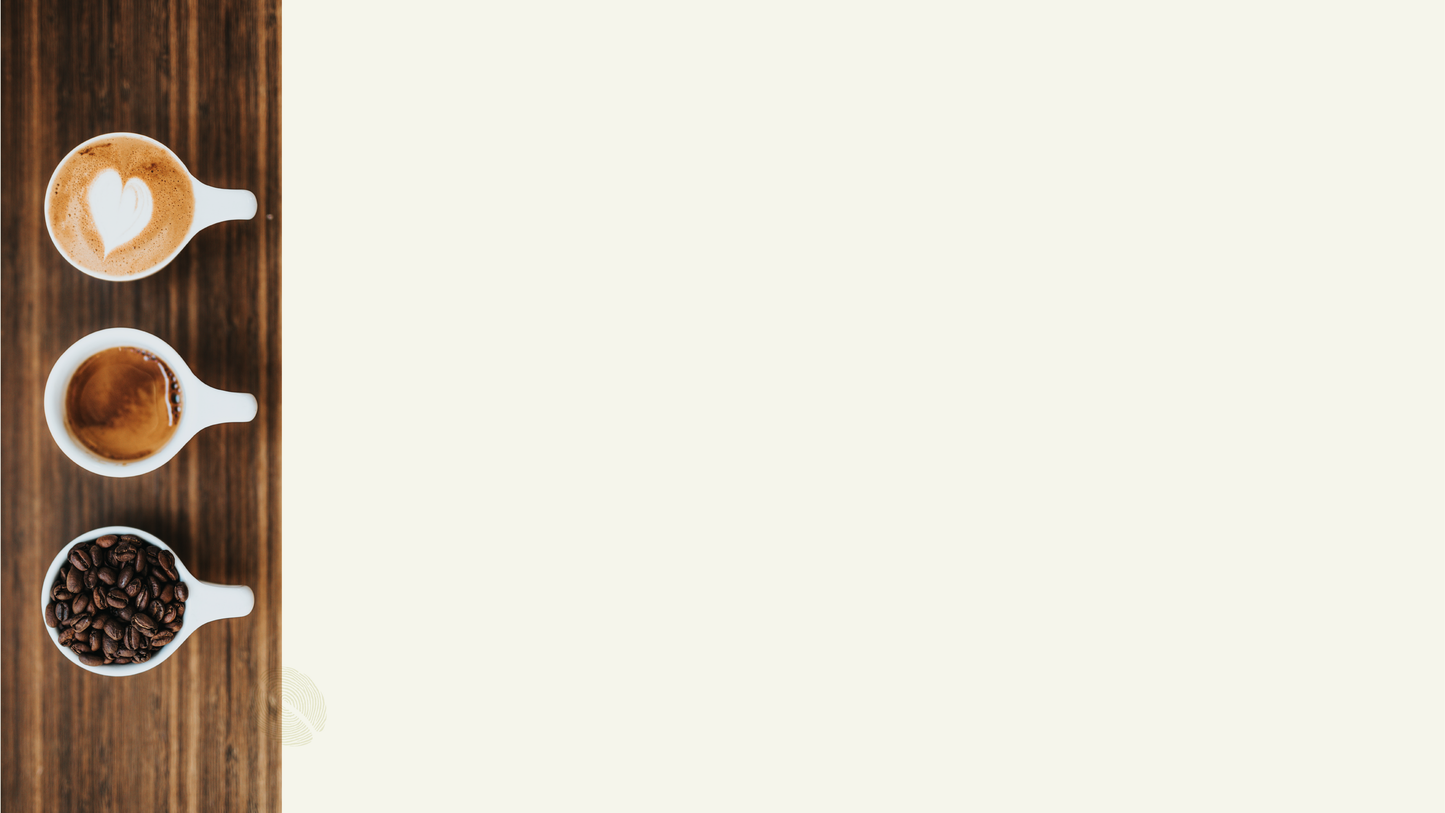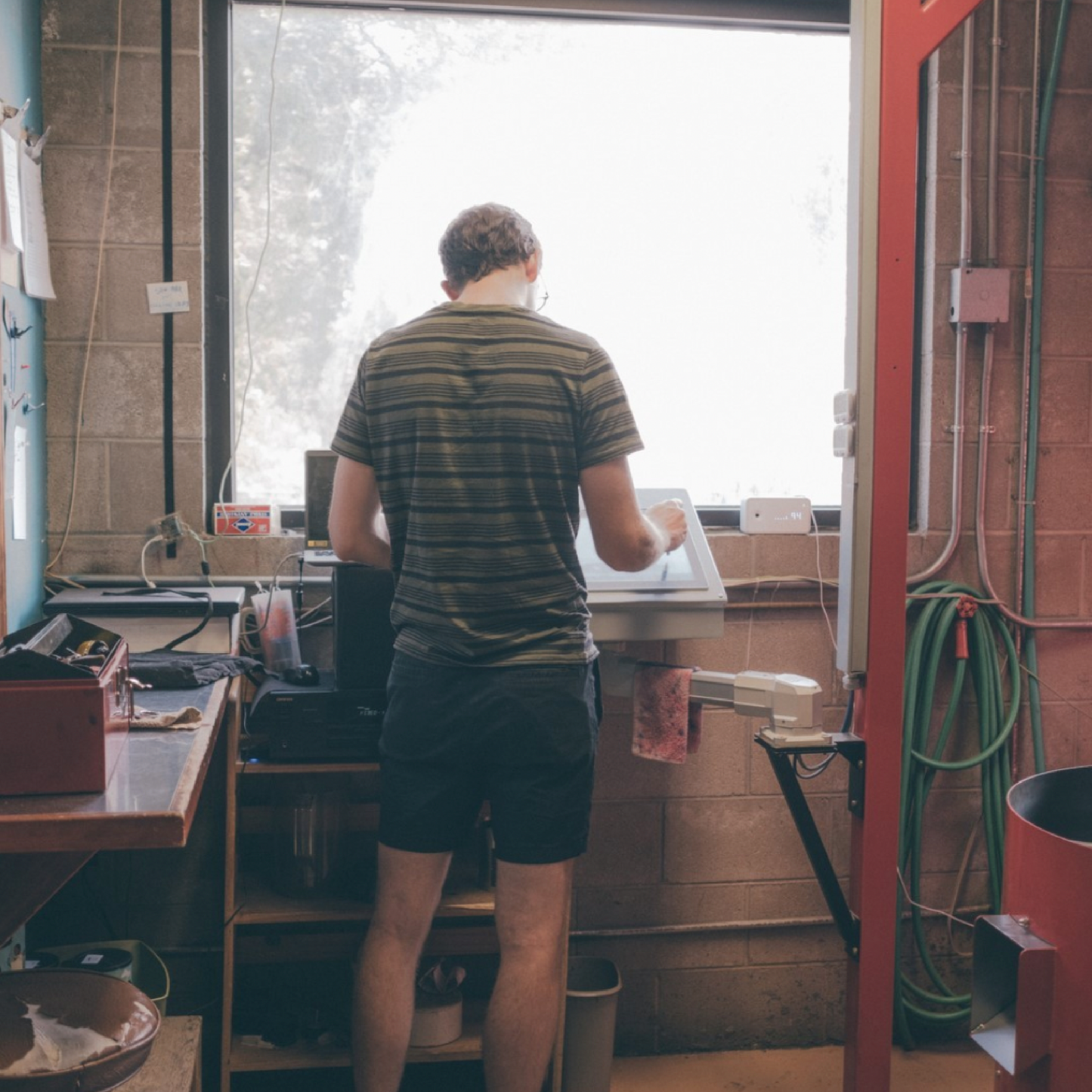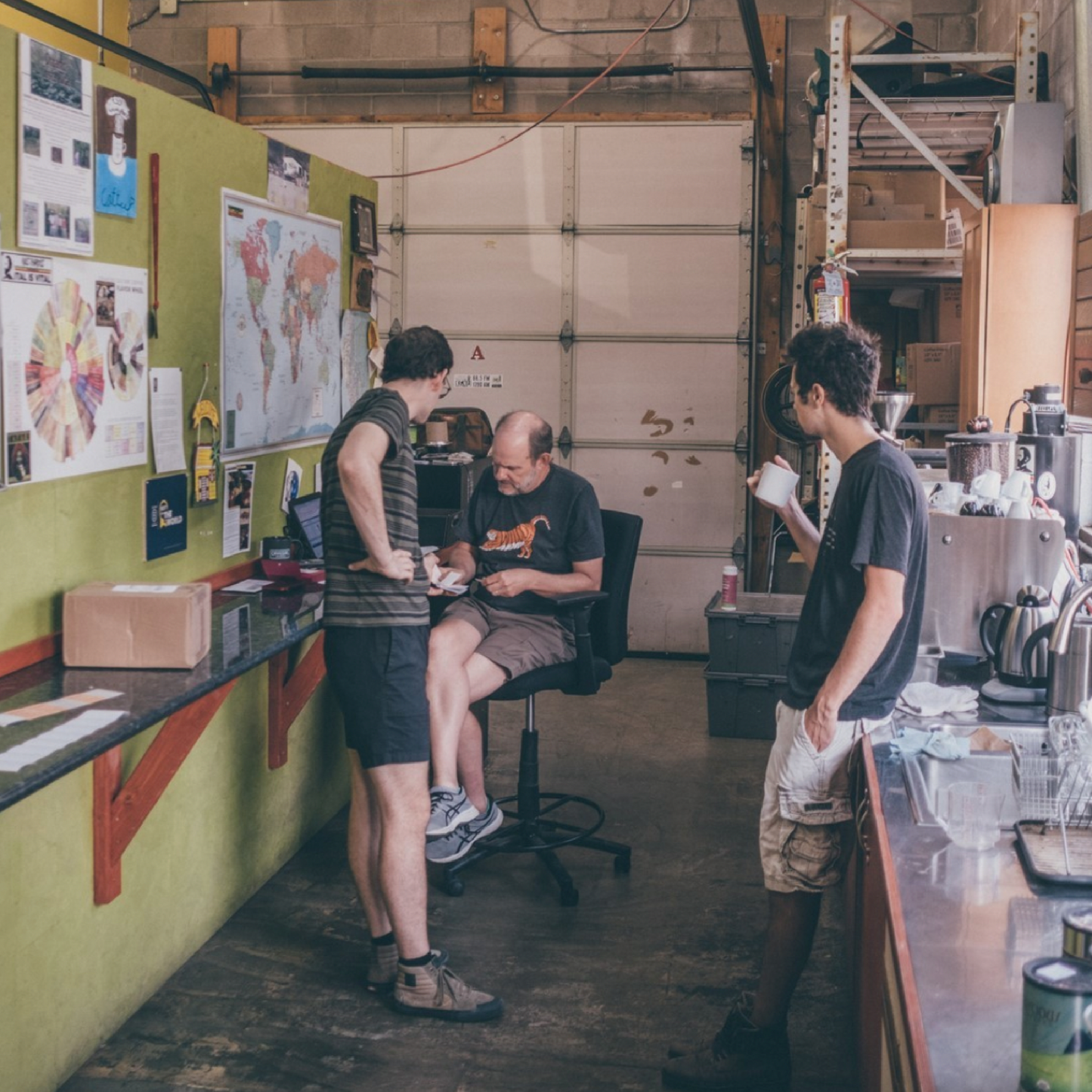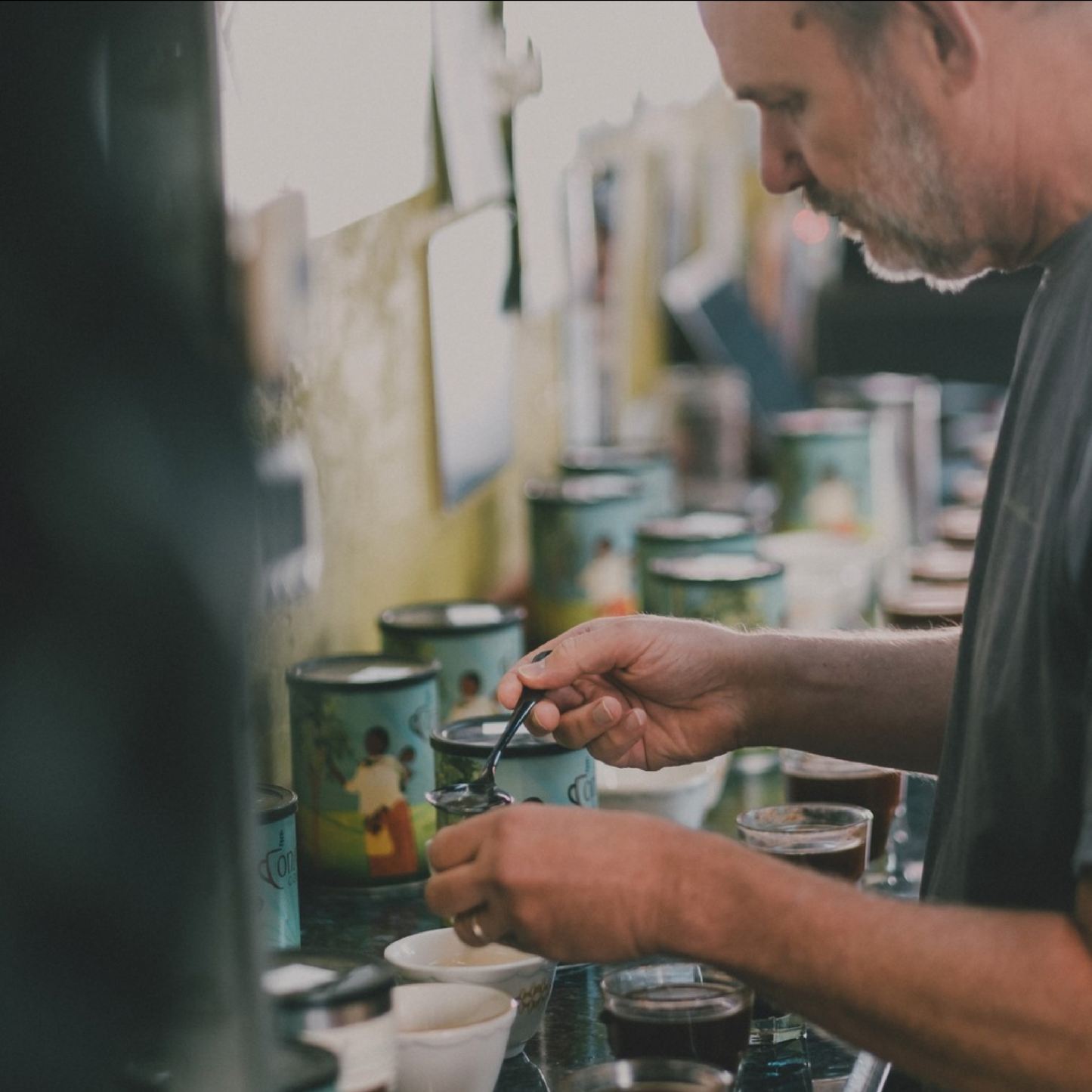
Brewing Basics
Auto Drip
Auto-drip is incredibly simple if you stick to the “common bits of info” list above. The biggest thing to keep in mind with auto drip brewers is that you might have to adjust your ratio if you plan on brewing a big pot of coffee. In this case, decrease the coffee to water ratio (less coffee, more water). This is due to the increased brew time for larger batches of coffee, and too many grounds can lead to a really strong brew. It’s also good to start with a medium grind size for this brew method.
And be careful which brewer you buy! The Specialty Coffee Association has done some testing to determine which brewers are best, so head on over to their site to find a good one. We recommend checking out the Bonavita line of brewers!
Pour Over
There certainly seems to be more ways and methods to brew a pour over than any other method. This may be because there are so many different designs for brewing devices, filters, and even kettles these days. Every little detail will result in a slightly different tasting cup of coffee. However, it’s important to find your favorite setup and stick with it.
Always start the brew process by pre-heating the brewing device and rinsing the filter by placing the filter inside the device and pouring hot water over it. Dispose of the preheating water and add your grounds to your filter. Your grind settings should resemble that of the auto drip (fine to medium). Begin pouring your water over the grounds, but only start by pouring about 1/6 of the total water. Let the coffee rest for about 30-45 seconds as the coffee “blooms” or degasses. Once this is over, you can slowly and steadily pour the remaining water. You want to achieve uniform extraction, so be sure to pour the water evenly over the grounds and hit any spots where it looks darker or like there might be clumps of grounds sticking together. Pour gently and let the coffee drain completely from the filter before disposing. Don’t squeeze the filter to get more coffee, just take it off and dump it in your compost. Enjoy!
Cold Brew (Concentrate)
This brew method veers from other brew methods because you’re using room temperature water and brewing over an extended period of time. We chose a recipe that brews a concentrate in a 1 liter French Press to make this more accessible, but you can also use this same recipe if you are using a Toddy brewer.
Weigh out 140 grams of coffee and grind on your coarsest setting. Add grounds to the French Press and tare the scale. Then get room temperature water ready and add 700 grams (this equals a 1:5 ratio of coffee to water). Once you’ve finished pouring, stir the grounds to make sure they’re evenly soaked and cover with plunger. Check the clock… this brew will take roughly 18 hours. Once the brew has finished, press down the plunger and pour into a pitcher or mason jar. It’s best to pour the concentrate through a paper coffee filter to remove excess coffee grounds
When you’re ready to start drinking, combine the concentrate with equal parts water to dilute and drink over ice. Enjoy!
French Press
The grind setting for french press is coarser than your average filter brew, but not quite as coarse as cold brew (below).
Start by adding your grounds to the french press and then the desired amount of water. Give it a split second to bloom and then stir it for 5-10 seconds. Cover the coffee with the lid as you let it brew. Your total brew time should be 4 minutes, at which point you want to start plunging the screen through the grounds to end the brewing process and start pouring!
If the coffee tastes too weak or watery, try increasing the amount of coffee you use, increasing the brew time, or using a finer grind. If the coffee tastes bitter or harsh, then try a shorter brew time, less coffee, or a coarser grind.
Aeropress
This is an incredibly simple and effective way to brew a cup of coffee (unless you’d like to make this complicated, in which case you can check out all the methods online). Your grind setting should be on the finer side. The good thing is that Aeropresses are one of the more forgiving brewing devices because it’s a combination of an immersion brew (french press) and pour over (filter, drip).
Start by inserting the filter, preheating the device, and then rinsing the filter. Discarded the preheating water from your mug and add 17 grams of coffee grounds to the press and tare your digital scale with the press resting on your mug. Pour water over the grounds slowly while rotating the press to ensure complete and even saturation of grounds. It’s always good to first add a little bit of water (30-40 grams) and stir so that all of the grounds get broken up and you can let the coffee bloom. Proceed pouring until you reach 275 grams on your scale. This will almost overflow your aeropress, so pour slowly and allow some of the water to run through the coffee to get all 275 grams of water in there. Remove press from scale and wait until your brew time is about 2 minutes. Once you reached that point, steadily push the press down for a total of 30 seconds to get a final brew time of 2:30. Try this method out on your next camping trip! It’s super easy to clean and lightweight.
Chemex
The grind setting will be similar to auto drip (possibly a notch coarser). Grind 37 grams of beans. The special Chemex paper filters, when folded, will have one side that has 3 layers of paper. This side should cover the pour spout. Place filter in position and rinse well with heated water. Slowly pour this rinse water out of the spout and begin brewing. Pour 100 grams of water evenly over the grounds and pick up the Chemex to gently swirl it a few times ensuring full saturation of grounds. Allow the coffee to bloom for approximately 40 seconds. Pour an additional 300 grams of water evenly over the bed of grounds and gently swirl a second time. If you can, reheat your kettle really quickly during this phase. After a 10-15 second break to swirl, continue pouring remaining 200 grams of water evenly over the coffee bed. Once you’ve finished adding this water, give the chemex one last, gentle swirl. You should aim for a 4-5 minute brew time.
As always, you will need to fidget with the grind settings to get the desired brew time. If your brew cycle is complete prior to 4 minutes, go finer on the grind to slow the total time down. If brew time is longer than 5 minutes, go coarser on the grind.




